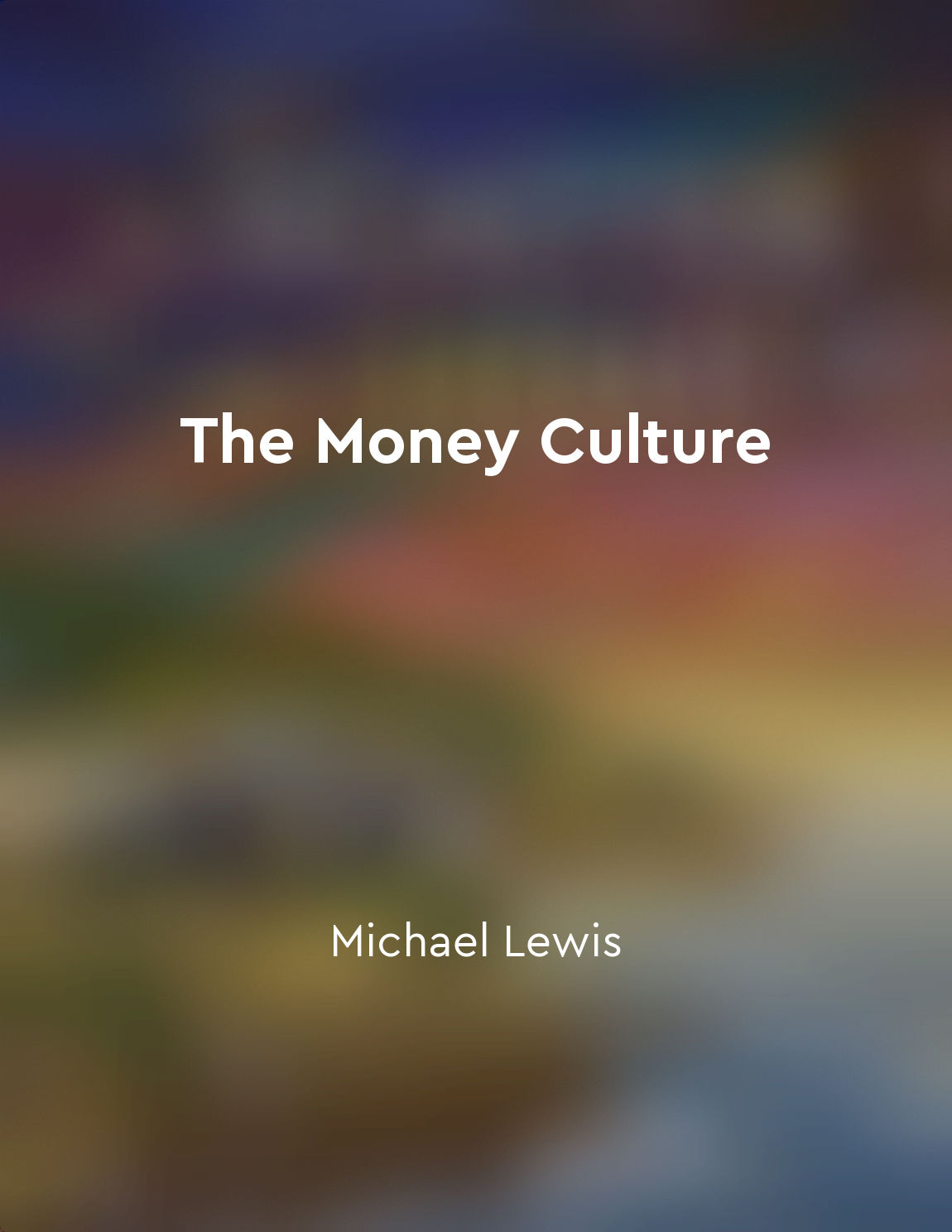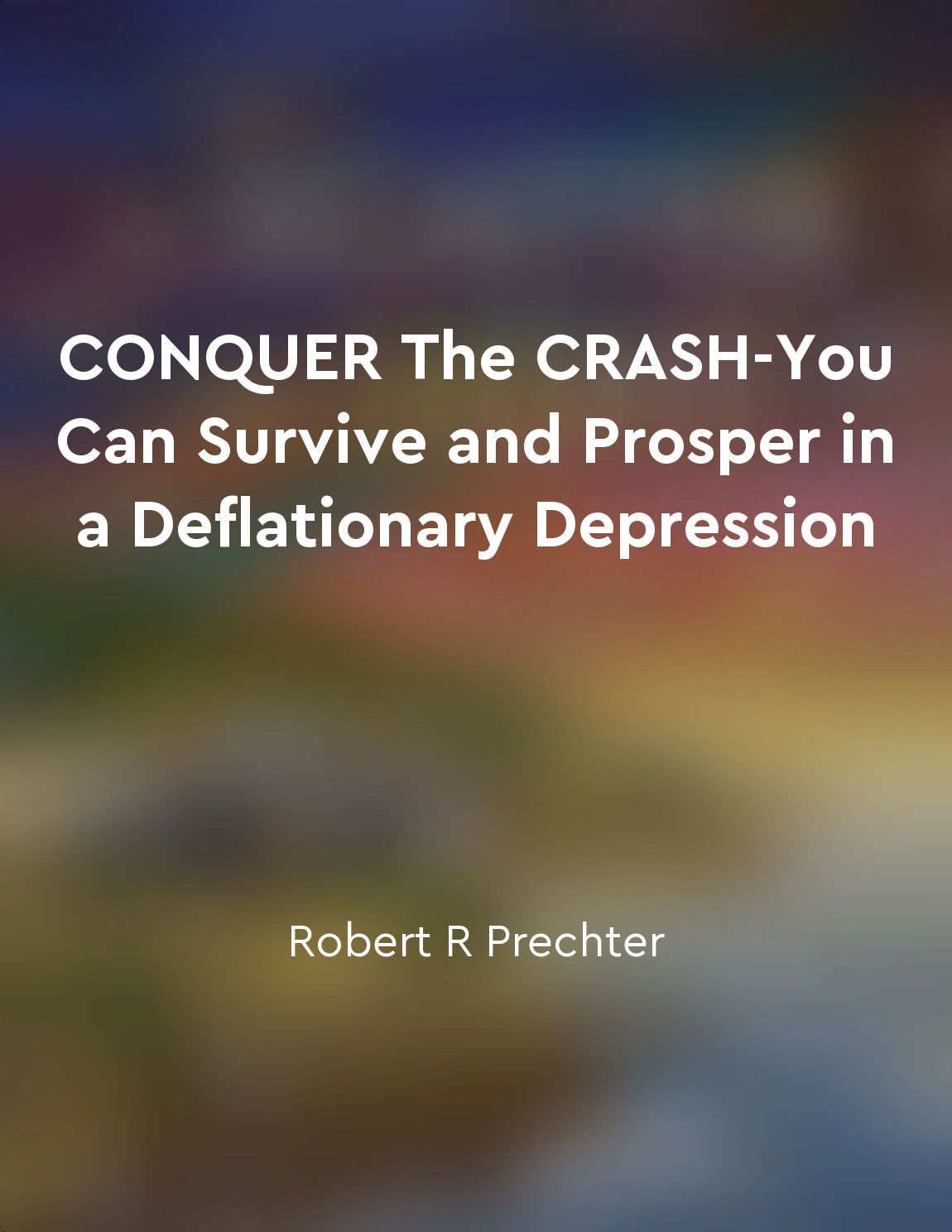Overconfidence prevailed from "summary" of The Great Crash 1929 by John Kenneth Galbraith
The prevailing sentiment during the stock market boom was one of unwavering confidence. Investors were convinced that the market would continue to rise indefinitely, leading them to take increasingly risky positions in pursuit of greater profits. This overconfidence was fueled by a collective belief in the infallibility of the market and a disregard for cautionary signs. As prices continued to climb, investors became more emboldened in their actions, borrowing heavily to finance their purchases and speculating with little regard for the underlying value of the stocks. This reckless behavior was driven by the belief that they could not lose, that the market was a surefire way to riches. The idea of a market correction or crash seemed unthinkable to those caught up in the frenzy of the times. This unchecked optimism was further bolstered by the proliferation of success stories and the illusion of easy money. People saw their neighbors getting rich from the stock market and wanted to get in on the action themselves. The fear of missing out on potential profits blinded many to the inherent risks of speculation and leverage. As the market climbed to dizzying heights, any dissenting voices were drowned out by the roar of the crowd. Those who expressed caution or warned of a potential collapse were dismissed as pessimists or naysayers. The prevailing attitude was one of invincibility, a belief that the good times would never end. In this environment of overconfidence, financial institutions and regulators failed to rein in the excesses of the market. The speculative mania was allowed to run unchecked, leading to a bubble that was destined to burst. The consequences of this overconfidence would be felt far and wide, as the Great Crash of 1929 would bring the roaring twenties to a sudden and brutal end.Similar Posts

Wall Street traders driven by selfishness
The Wall Street traders care only for themselves. It's not that they don't care about other people, it's that they care about o...

Fraudulent practices ran rampant in the financial sector
The financial sector was a playground for deception and trickery. Those who were supposed to be the gatekeepers of financial st...
Consumer spending declined
The decline in consumer spending was a pivotal factor in the economic downturn of 1929. As people began to lose confidence in t...
The allure of quick profits leads to excessive risktaking
The seductive appeal of rapid financial gains is a potent force that can drive individuals to take on excessive risks in the pu...
Uncertainty and speculation are inherent features of financial markets
To claim that uncertainty and speculation are intrinsic components of financial markets is hardly earth-shattering news. It is ...

Recognize the importance of financial independence
Understanding the significance of financial independence is crucial in navigating the uncertain economic landscape that lies ah...

Rationality can be influenced by emotions
The idea that rationality can be influenced by emotions is a fundamental concept in understanding the behavior of markets. Emot...

Media plays a role in shaping market narratives
The media has a significant impact on the way people perceive the market. Through various channels such as television, newspape...
Stock prices reached unsustainable highs
The most extraordinary thing about the stock market in the years leading up to the great crash of 1929 was the relentless rise ...
